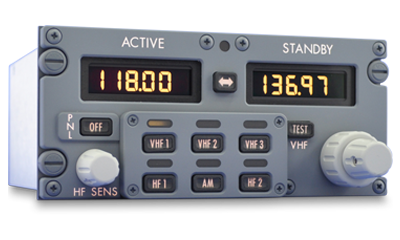
I once saw a psychiatrist who told me he thought that I had “a little bit of autism.” I confess that although by that time I had spent a big chunk of my life working with folks who had been formally diagnosed with an autism spectrum disorder, I just didn’t see it in myself. Maybe the reason I couldn’t see it was because I had a little bit of autism.
Children who are diagnosed with autism have a notoriously difficult time switching from one activity to another. Once the child gets into a groove, they get into it so deeply that it takes a Herculean effort to get out of it. I too have difficulty with transitions, but it’s the opposite kind of difficulty. That psychiatrist, perched in his leather throne in his basement office in a converted Victorian Pasadena house, bless his heart, didn’t really see the true me, the one whose attention deficit disorder superseded the 15 other diagnostic categories in which I seem to fit so cozily into. It is that disorder that captures the distractibility, impulsivity and inattentiveness that might be most apt for my tombstone, but kids, please, if either of you ever read this, don’t put that onto my tombstone. For me, transitions are way too easy. It’s the thing I want to do all the time. Give me a transition any moment of the day and I’ll gleefully take it. There’s a road less traveled! Let’s go there!
Psychologists who work with kids who have difficulty with transitions have developed a variety of techniques to help them with this important task in life. One of them is called “priming,” which is simply a way of warning the child ahead of time that a new activity is going to begin. It’s really the same thing pilots do when adding fuel to a carbureted engine before igniting it, or what drivers of cars with manual transmissions do when they pull out the primer and crank the engine, or what happens when you push that little bulb five times on your lawnmower. Air traffic controllers also prime pilots with the word “Expect,” as in “expect further clearance at…”
Transitions occur on every flight. There are transitions between various stages of flight (such as takeoff, cruise, approach) and transitions between different kinds of airspace. Knowing where you are, what you are doing, and what you are getting into is important in flying, as it is everywhere else in life. As a couples therapist, I always used to say that knowing where you stand in a relationship is more important than where you stand.
Airspace around the world is divided into 3-dimensional sectors, and by and large, each sector is assigned its own radio frequency. When flying from one sector to another, ATC “hands you off” to the next controller by telling you to “contact [NorCal] approach” and then gives you the frequency to dial into your radio. When you are flying around a towered airport, you need to change from the ground frequency to the tower frequency, and then from the tower frequency to the frequency of the sector you are flying into. The tower controller will let you know when to do that by reciting the magical words “frequency change approved.” It’s reassuring to hear those words, because it signals that you are now leaving somewhere and going somewhere else. It is a transition warning, a priming for the adventure to come. It’s also a signal of relief that you have safely left the earth and made it to the next phase of flight. Some pilots will respond to the approval with a nicety, such as “Have a Nice Day.” It’s rare, however, to hear anything clever, unless you’ve known the controller for a while. I’ve never heard a pilot respond to the approval with anything like “Hope your kids get over the flu,” but I’m sure it’s happened.
On the ground, I have often been in the position of wanting to know when my desire to change frequency is approved. Maybe it’s my “little bit of autism,” but I find it difficult to know when and how it’s okay to transition to my next activity. It’s hard for me to negotiate that part of life, especially in conversation. There are several people in my life who seem to think I have all the time in the world to talk on the phone, and even when I do, there’s only so much a fellow can take. What do you do to indicate you’ve had enough without hurting the other person’s feelings?
As a therapist, it’s easy, because you’ve already set the expectation that the session will last 50 minutes. It’s not uncommon for me to prime the transition with clients who inconsiderately ignore the timeclock. “We only have 10 minutes left today, so we should talk about….” But in the rest of life, it would be nice if there was some sort of structure as there is in the air traffic control system, someone who can inject him or herself into the conversation at just the right moment, dictatorially demanding: “Frequency Change Approved.” It is, after all, a rather polite way to say what is really meant: “I’m done with you. Get out of my airspace. Now get on with your life.” Frequency change approved.

You recommended that psychiatrist to me
I think he has a little bit of autism
I called him to refill a prescription and he denied it because he hadn’t seen me in a year
I told him I saw him 6 weeks ago and he said “oh”
Lol